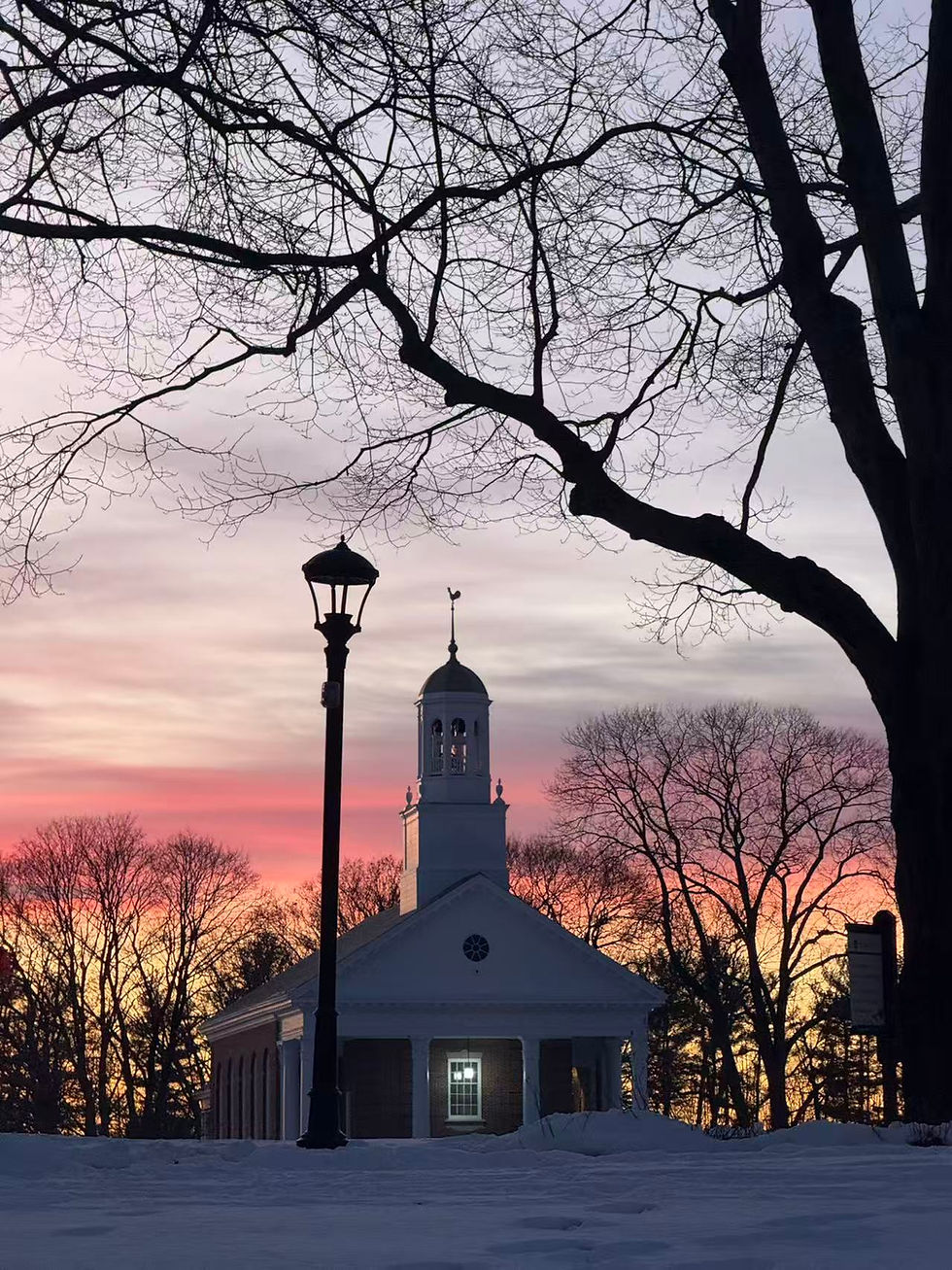Too Close for Comfort: The Record-Breaking Drought That Has Sparked Wildfires Across the Northeast
- Paetyn Naidoo
- Feb 13
- 2 min read
The Record-Breaking Drought Has Sparked Wildfires Across The Northeast
51,320. There have been 51,320 fires in the United States this past year, burning 8,142,689 acres of land. Unfortunately, wildfires are a familiar threat for much of the United States, as an average of 60,000 U.S. fires burn every year. With Earth’s temperature rising and droughts becoming even more prevalent, wildfires, not surprisingly, follow suit. In October alone, there were 8,111 new fires in the U.S., the most of any month since the year 2000. Particularly, California remains the state with the highest number, recording a total of 6,378 wildfires and one million acres burned as of the end of September. Similarly, in August, California’s overall wildfire activity increased by 2,816% from just one year before. The number of fires in Texas continue to rise as well. In 2024, Texas experienced two megafires, setting a one million acre record, while killing over 10,000 cattle and damaging 500 structures. For decades, wildfires have been the norm in the Southern and Western parts of the United States; however, now these fires seem to be rapidly spreading ablaze.
Not once did Middlesex students think that stepping out of Eliot Hall in Concord, MA would consist of the smell of smoke and a sort of foreign fog that clouded their vision. The Northeast seemed to be under attack in the days leading up to Thanksgiving. Over the fall, Massachusetts has been labeled a Level 3–critical drought condition state, creating concern for potential wildfires to spread. The state received less than an inch of rain over the past months—a 4.5 inch decrease from the average. Since August of 2024, Massachusetts has similarly experienced an 8-11 inch rainfall deficit, leaving the state in one of the largest droughts in recent memory. It also left Massachusetts with 14 unexpected red flag drought warnings, a state that experienced zero warnings just two years ago.
With the drought in the Northeast alarmingly progressing, a record number of wildfires also cut through the region. Between October 29 and November 12, New York City firefighters responded to 229 fires, the highest number in history for a two week period. Additionally, the wildfires burned over 6,000 acres in New York, causing the government to step in with disaster relief efforts.
To combat these wildfire surges, the New York Fire Mobilization and Mutual Aid Plan activated 152 departments with over 650 firefighters. Kathy Hochul, the governor of New York, also made efforts in controlling the spread and damage of the fires, awarding $25 million in New York state funding to the volunteer fire services. In addition, NYPD helicopters performed approximately 300 water drops over New York forests and deployed police drones to monitor the spread and damage of the area.
With fires spreading throughout much of the Northeast, they have brought the stark reality of climate change to our attention, opening many’s eyes to its devastating consequence. With fires only miles away and a few towns over from Estabrook Woods and Middlesex School, the possibility for disaster is far too close to home for comfort. It is in these times that we begin to think about whether it is too late, now that the fire burns around us and the smoke fills our lungs.
Ryan Wolff
















Comments